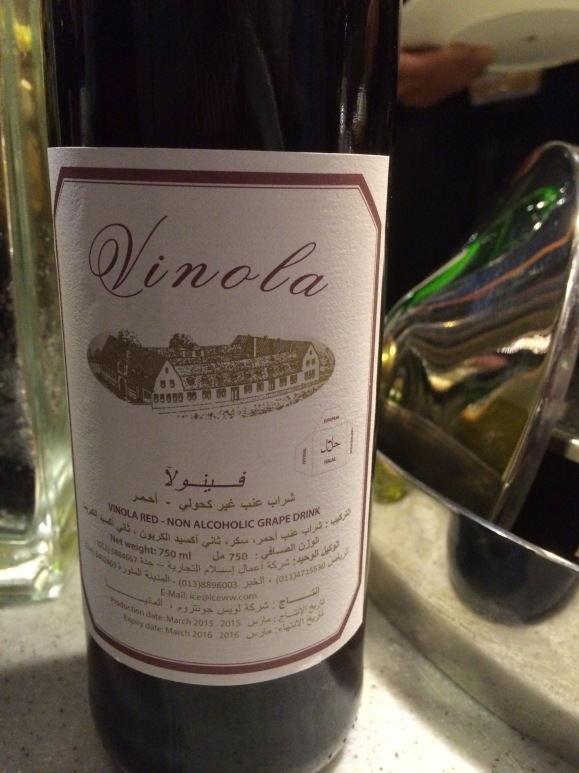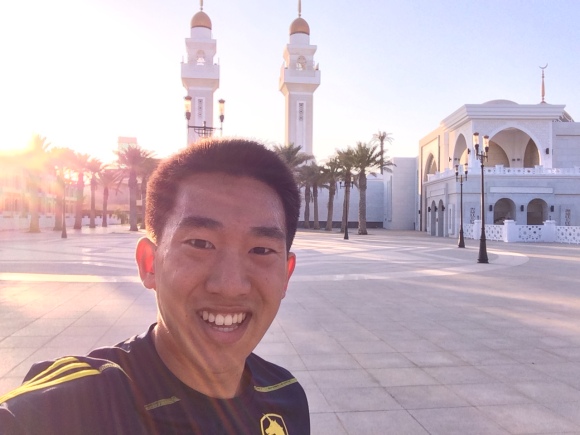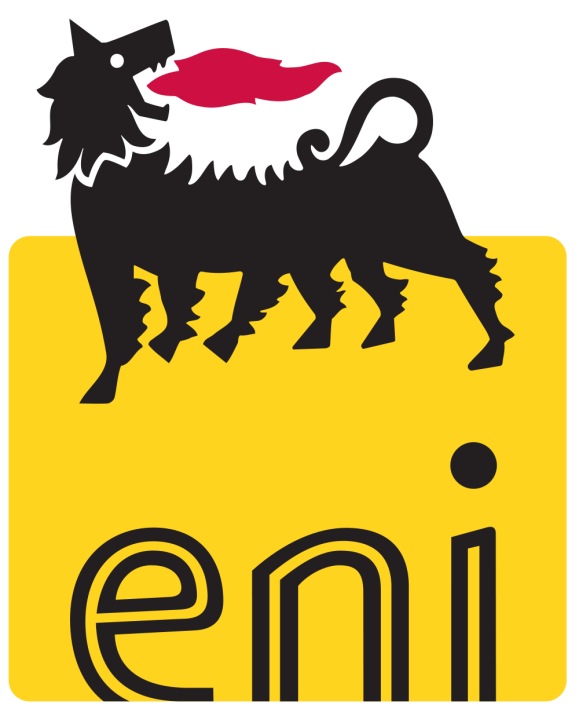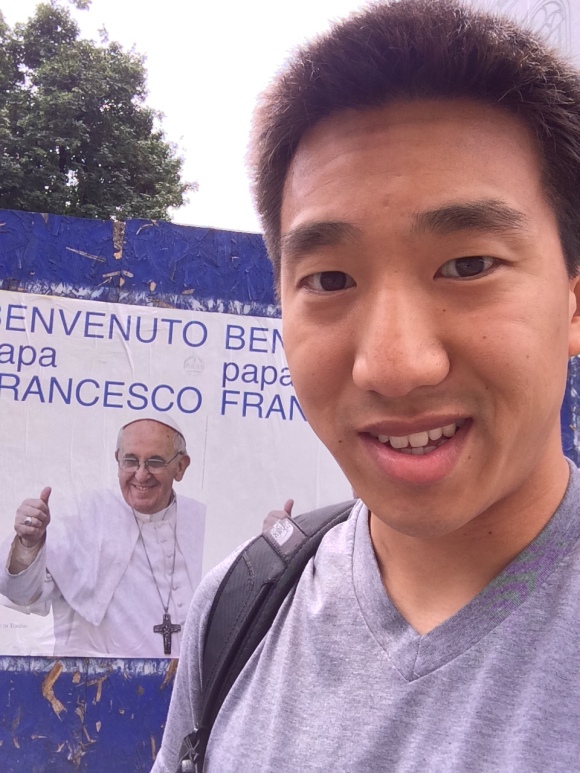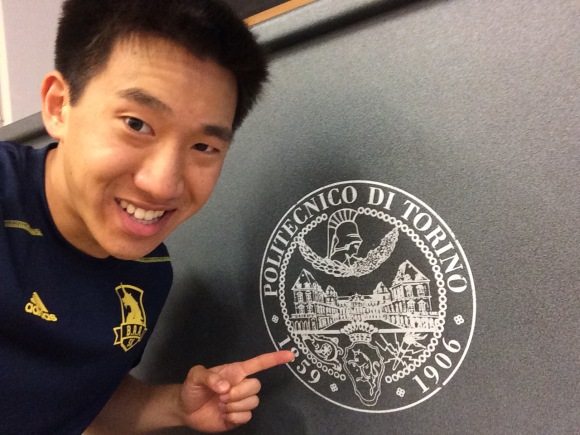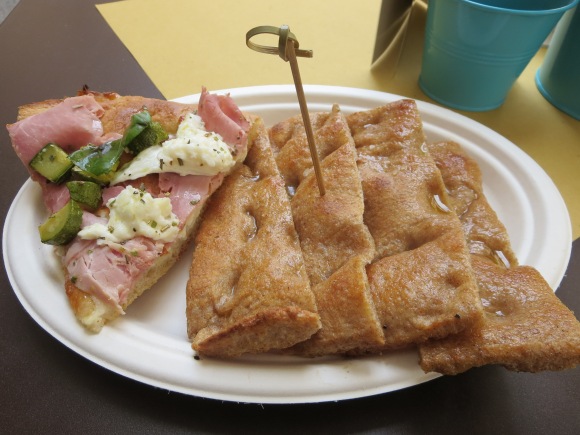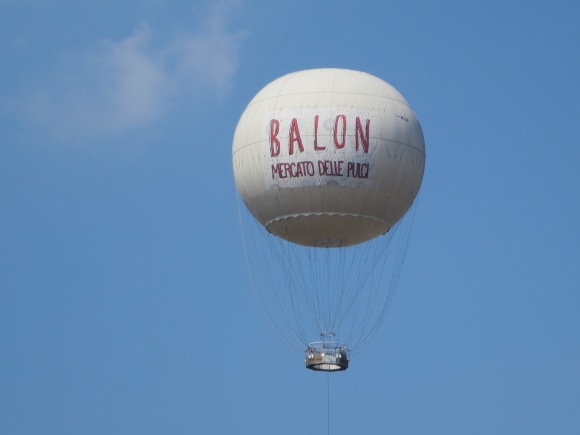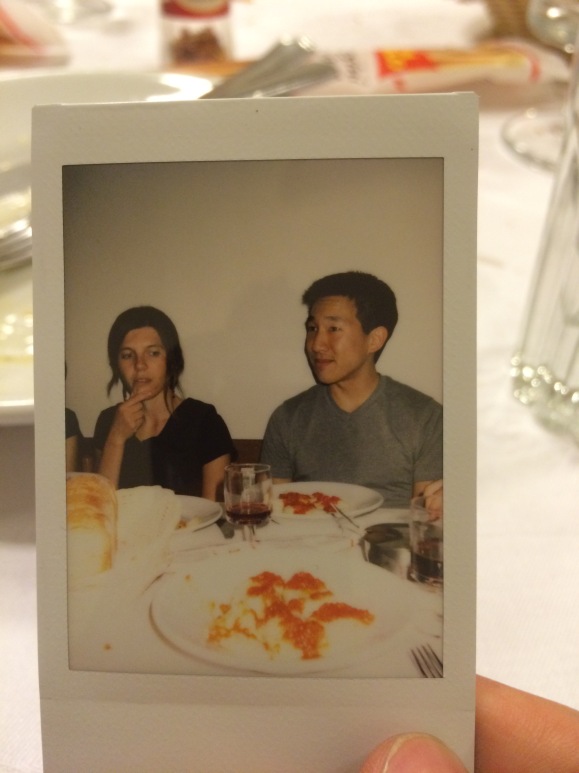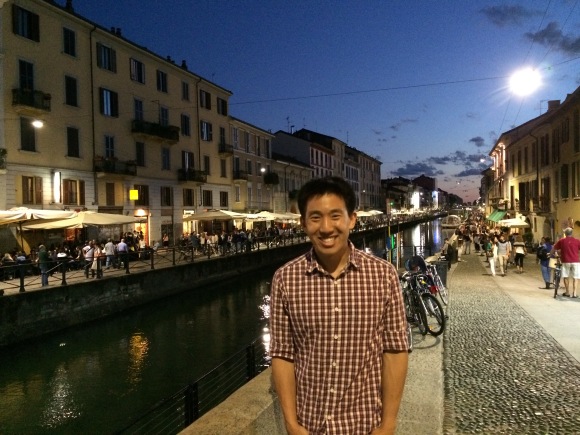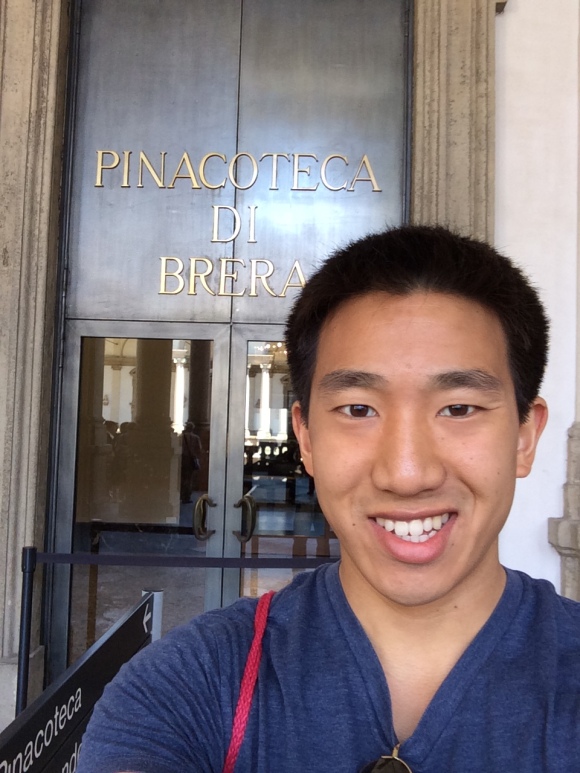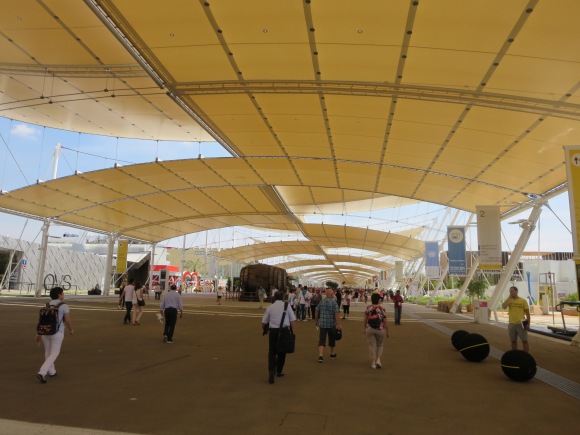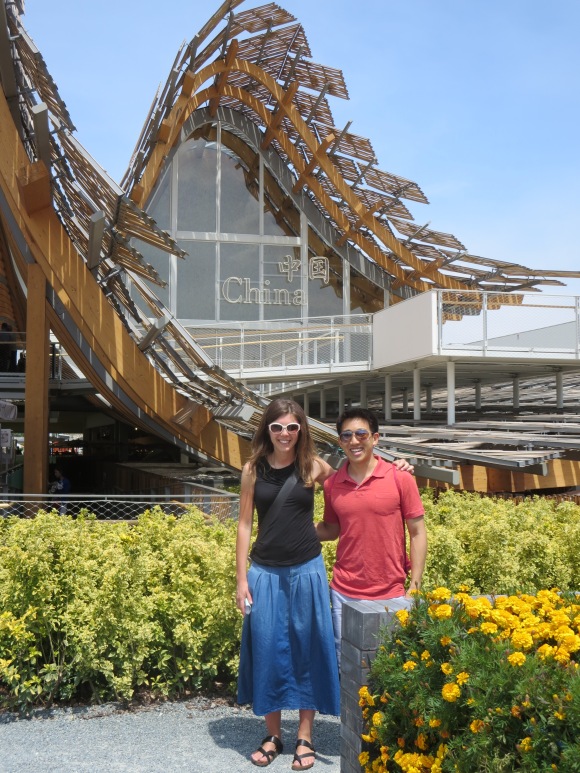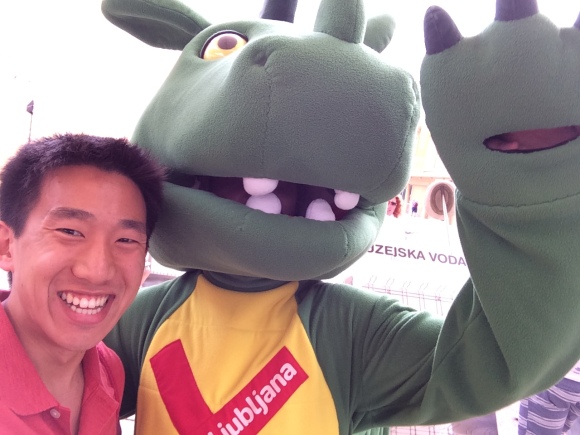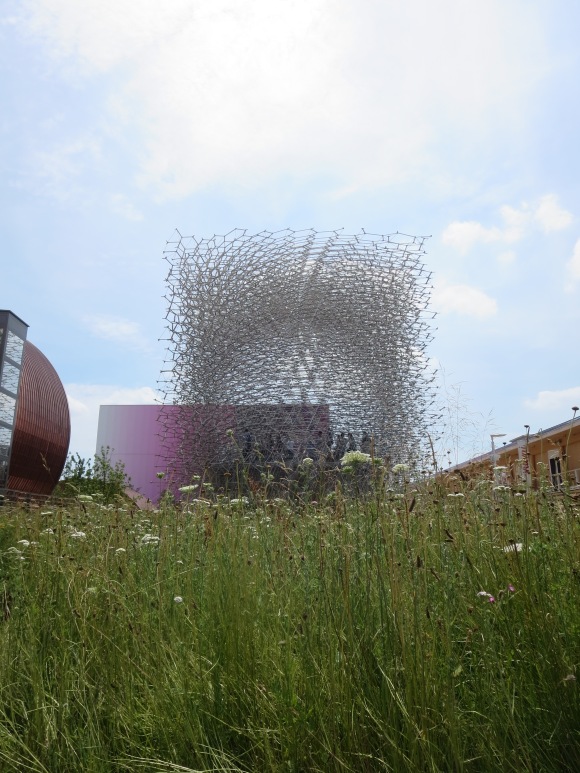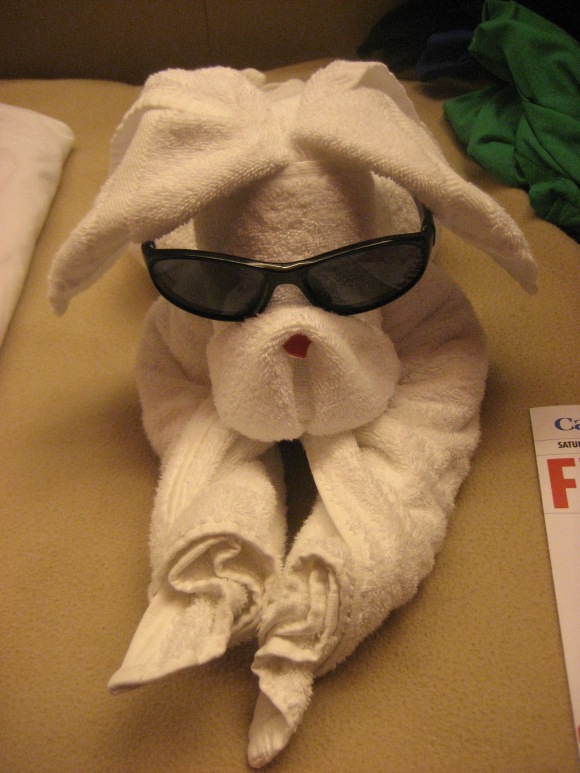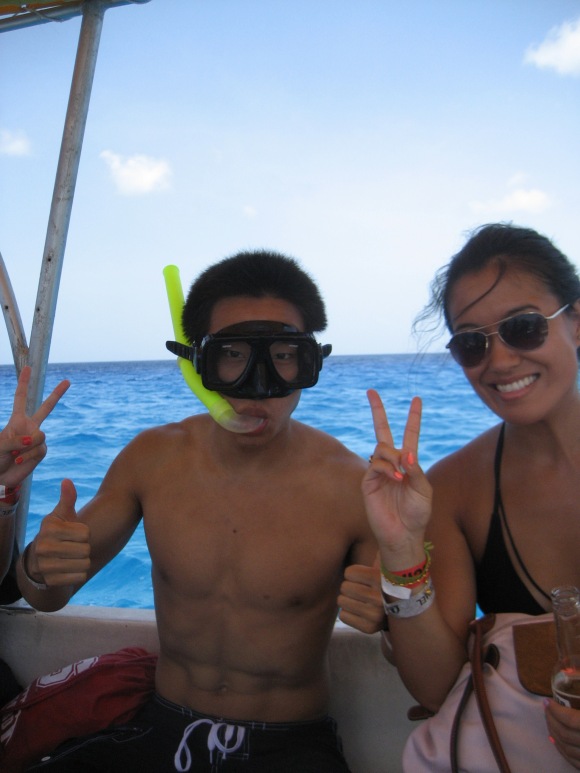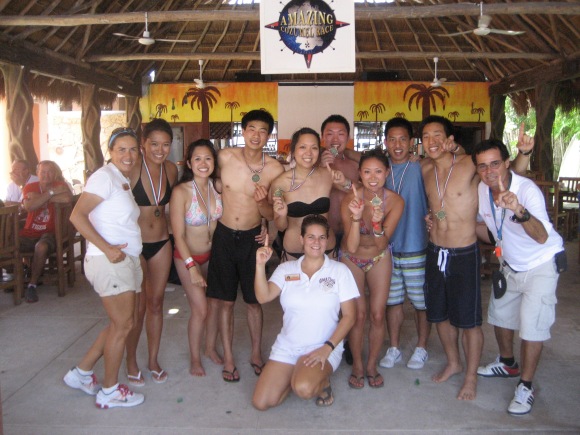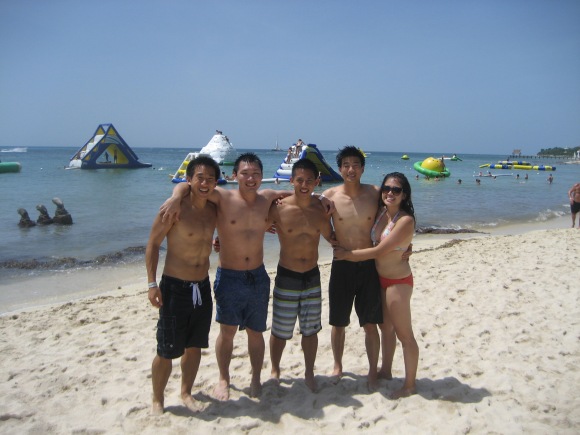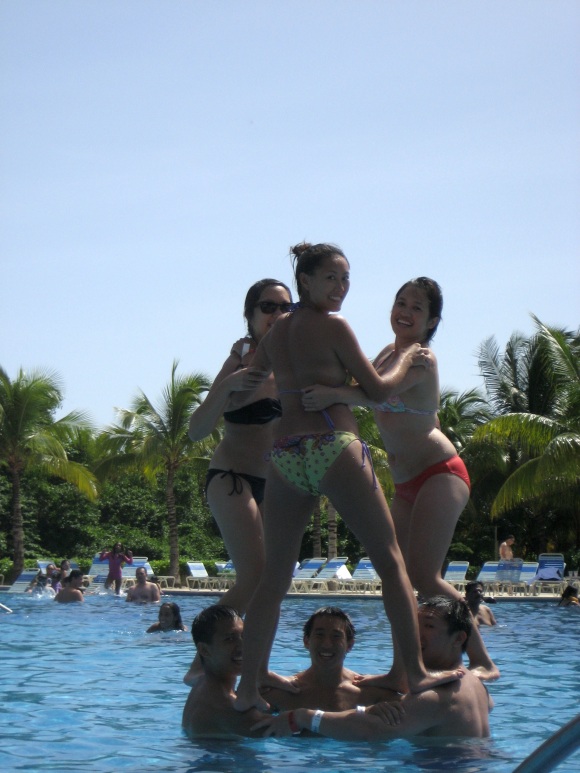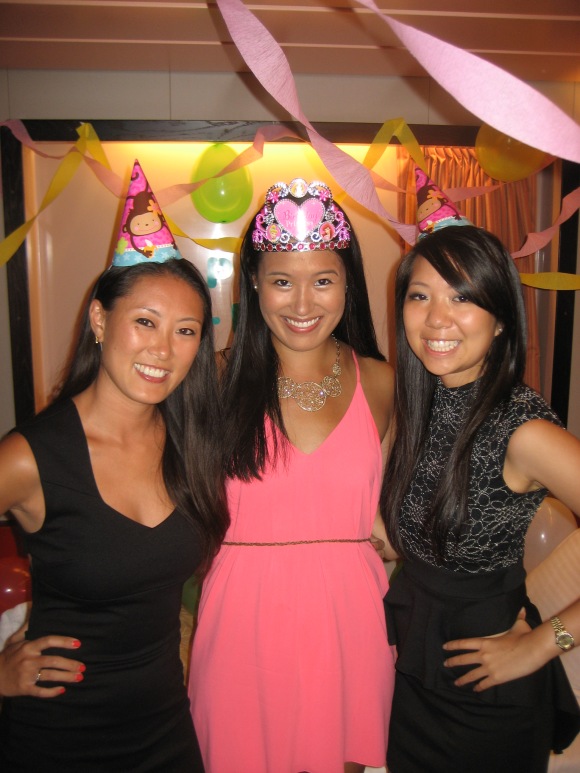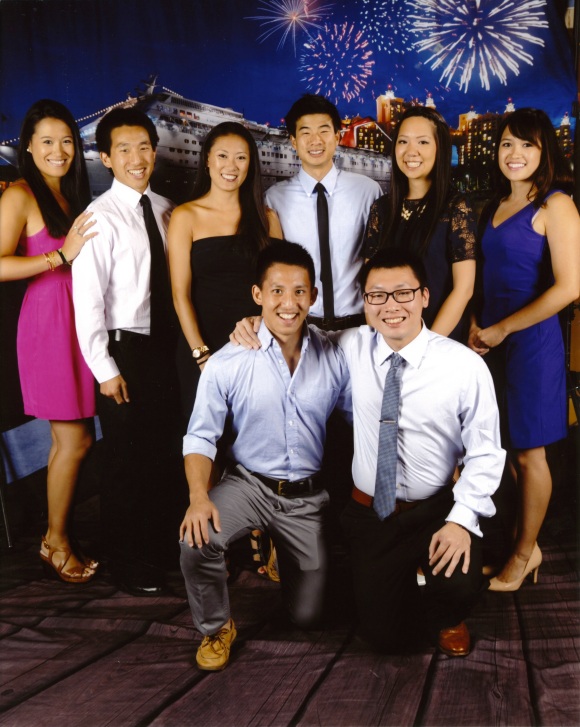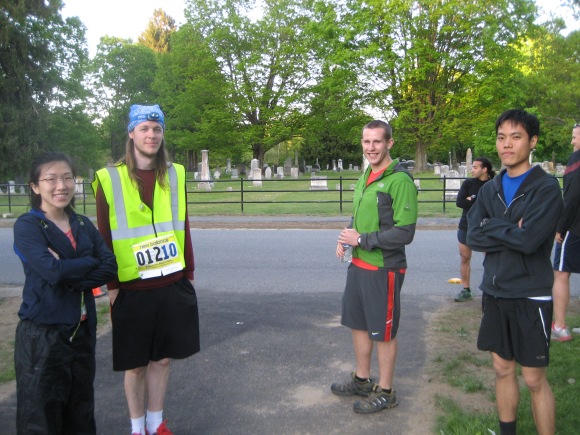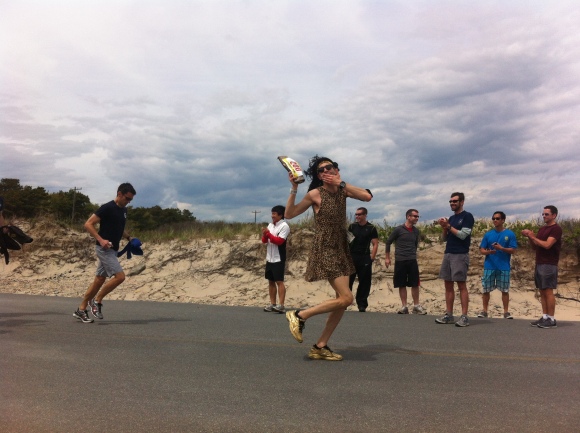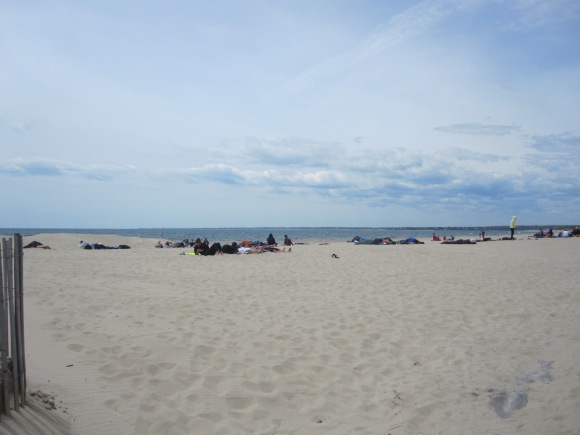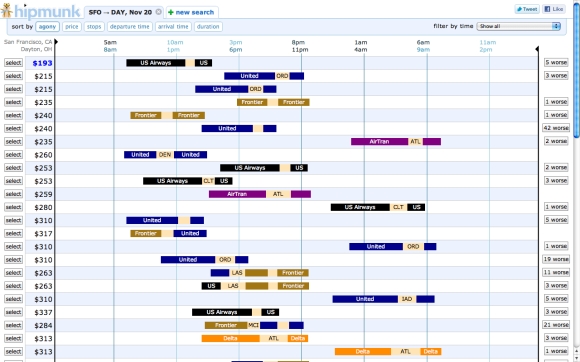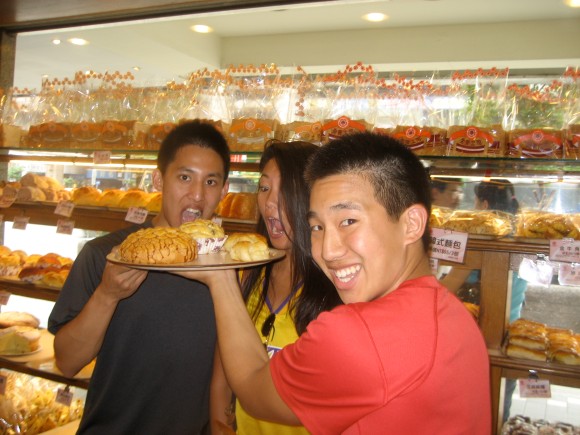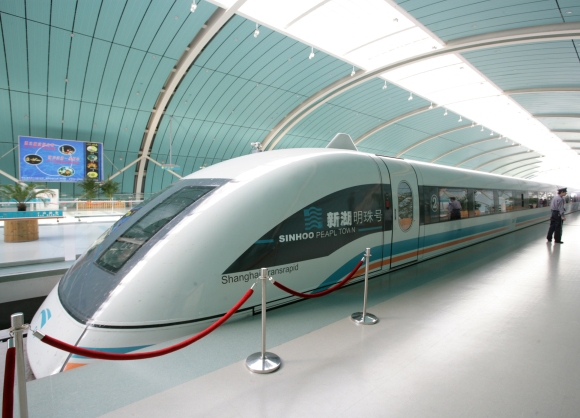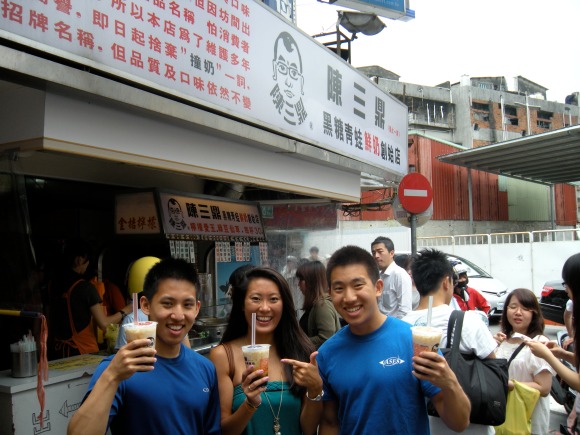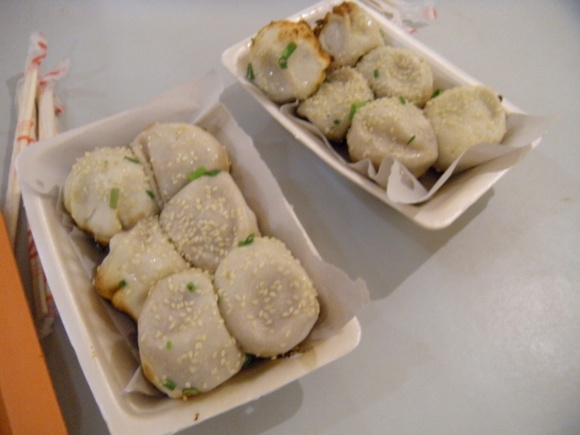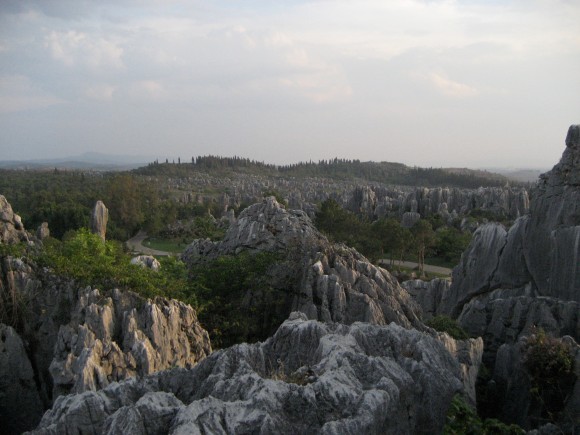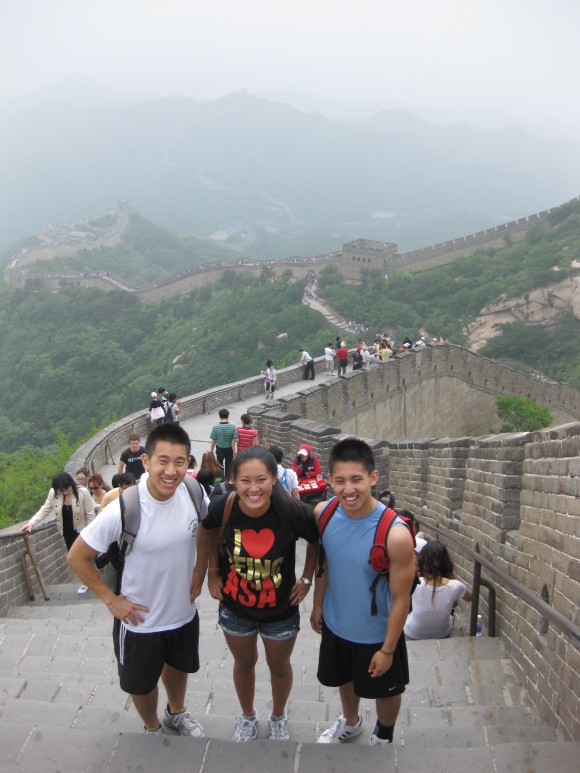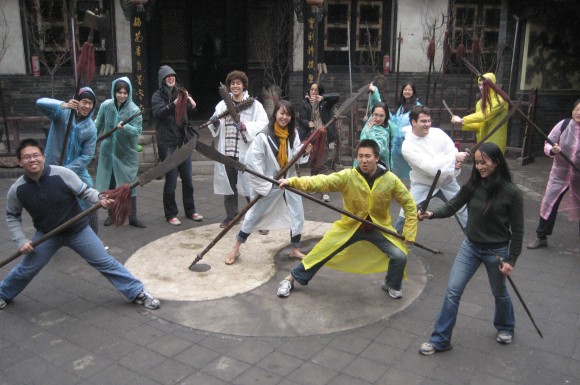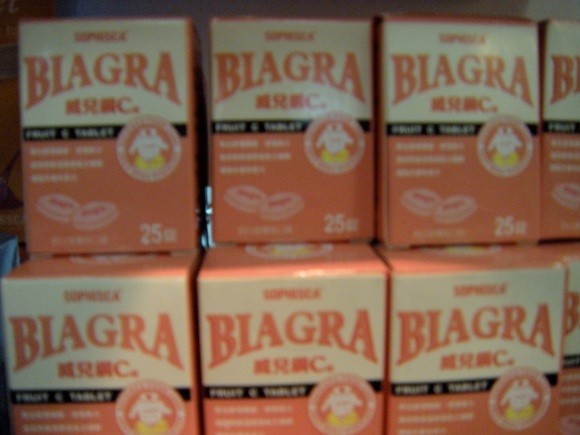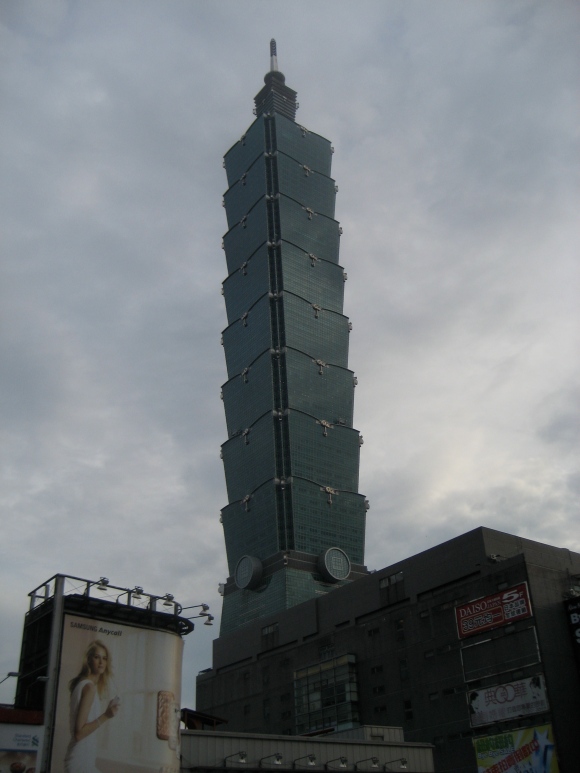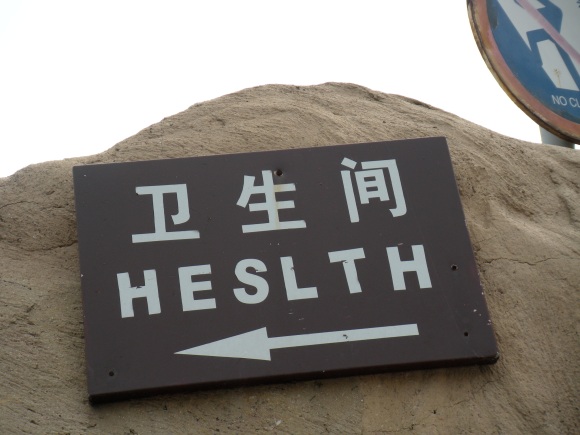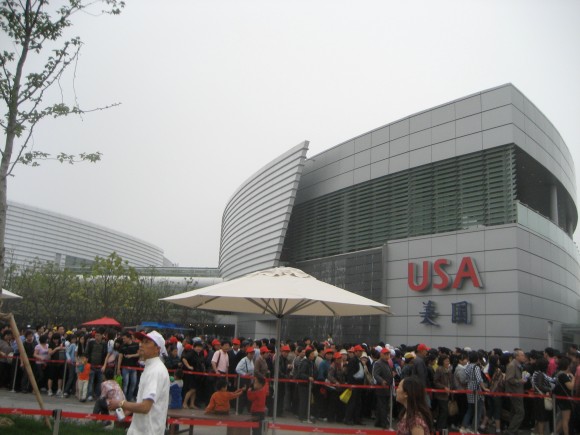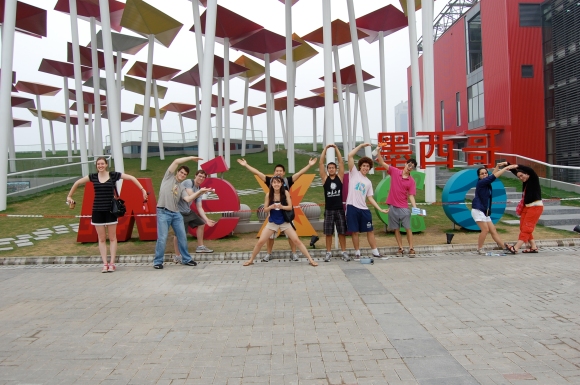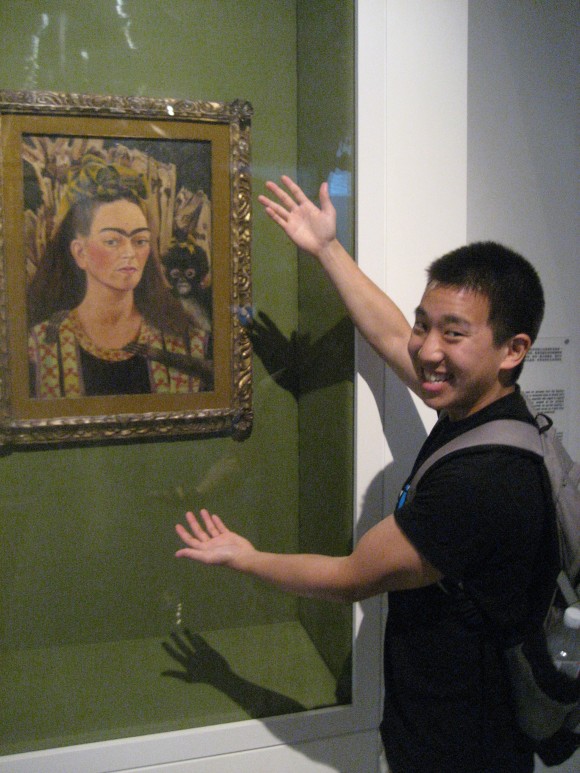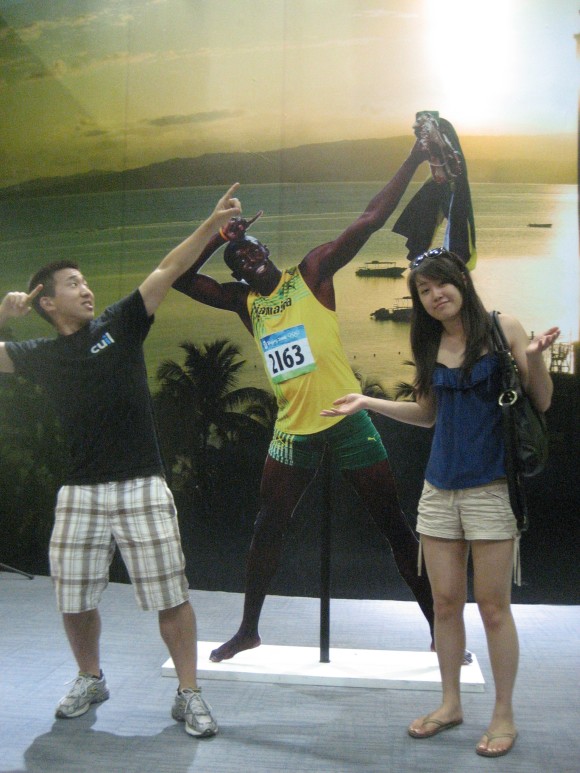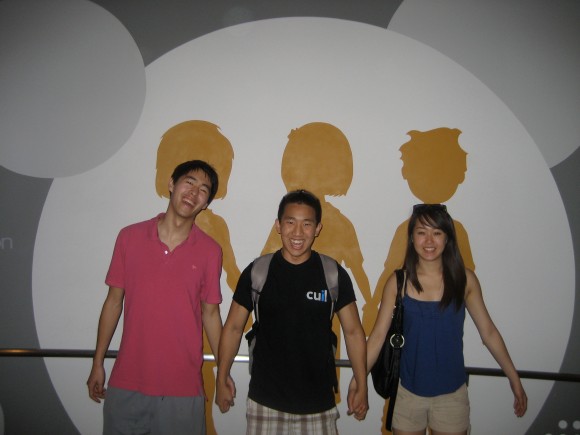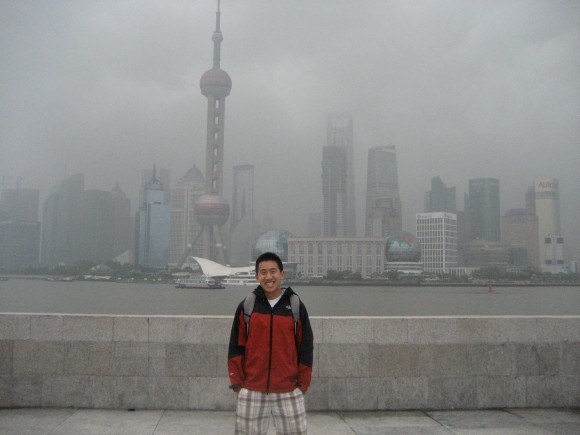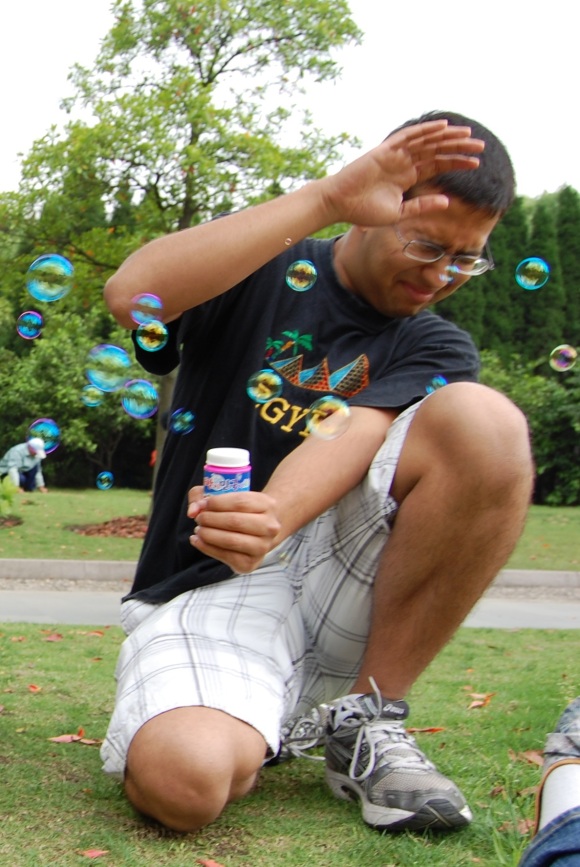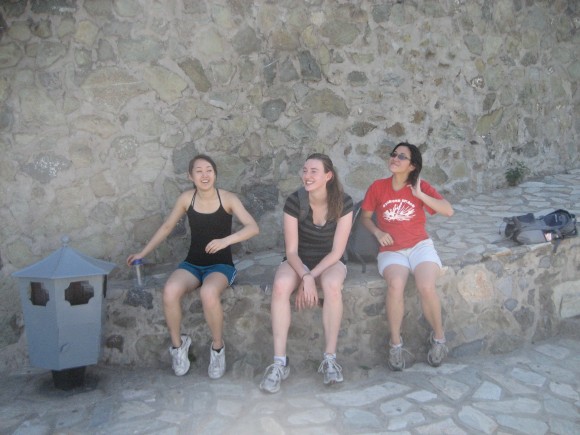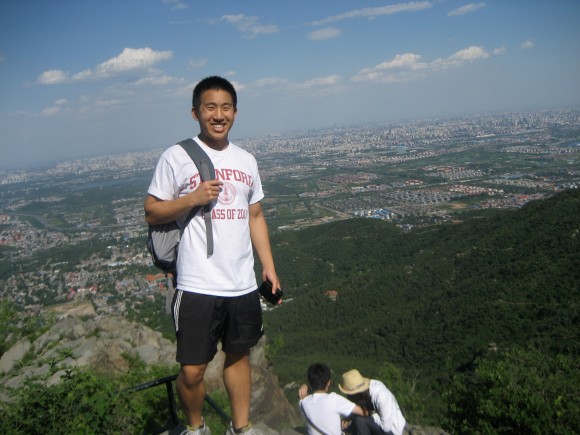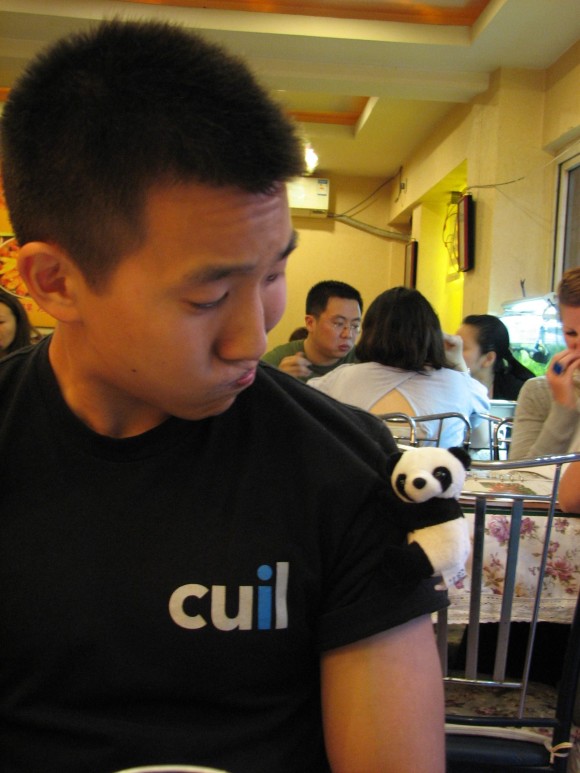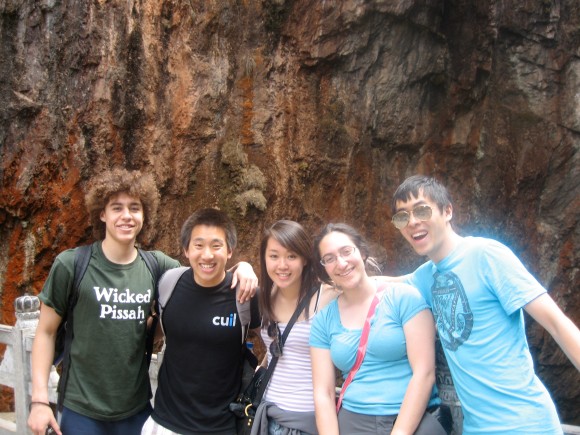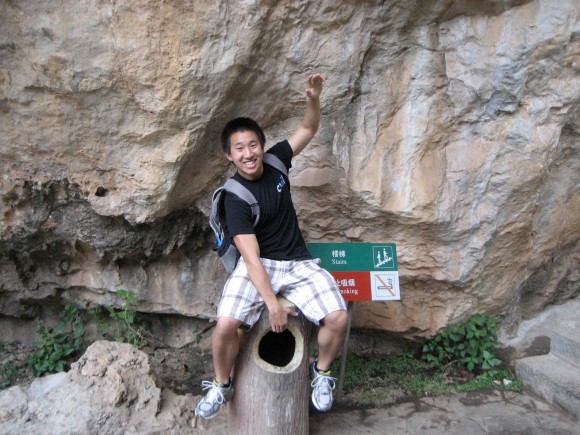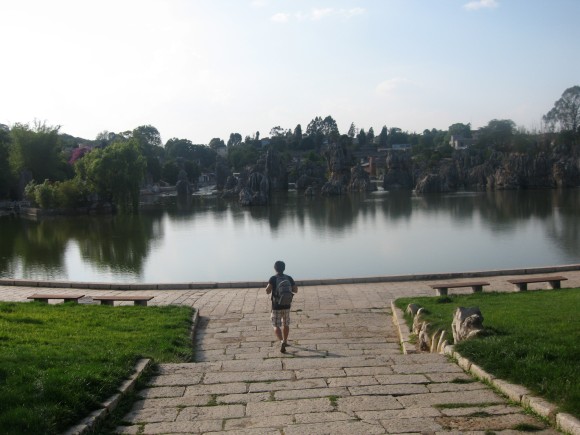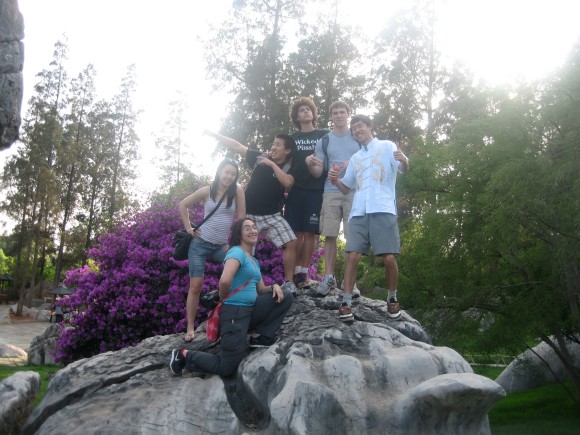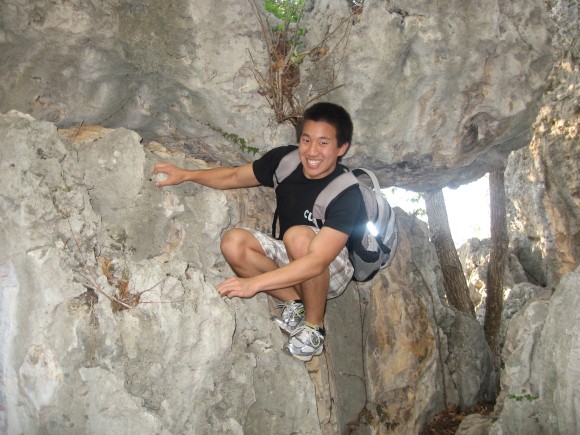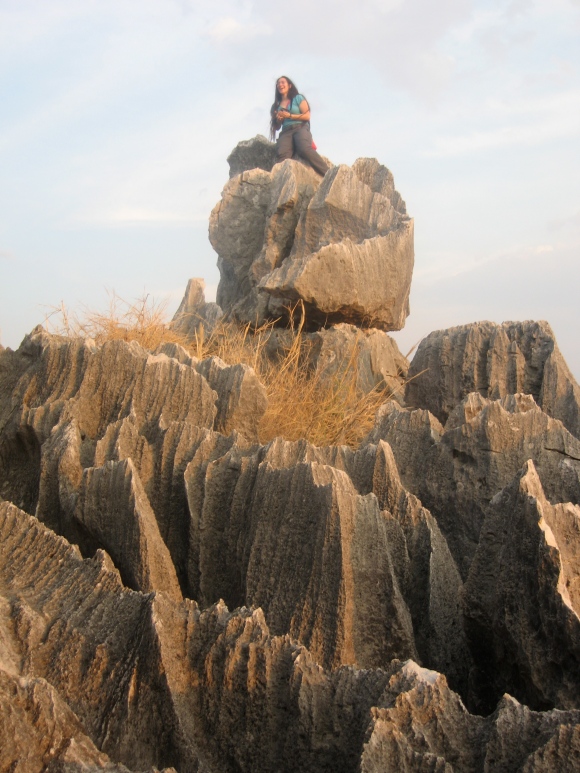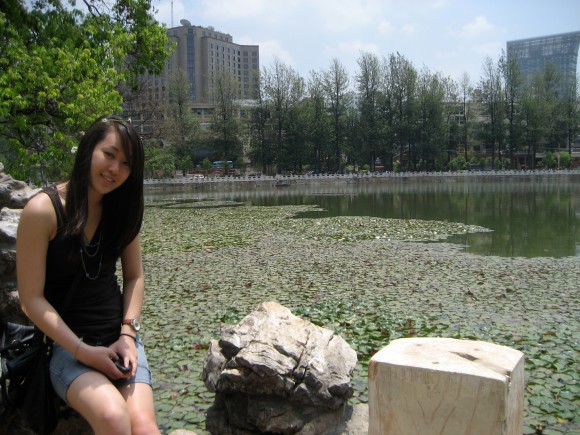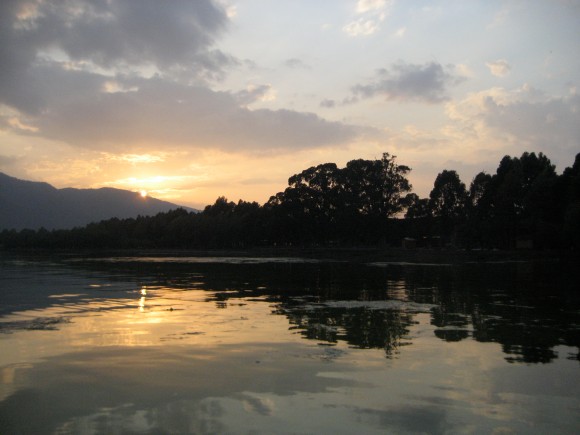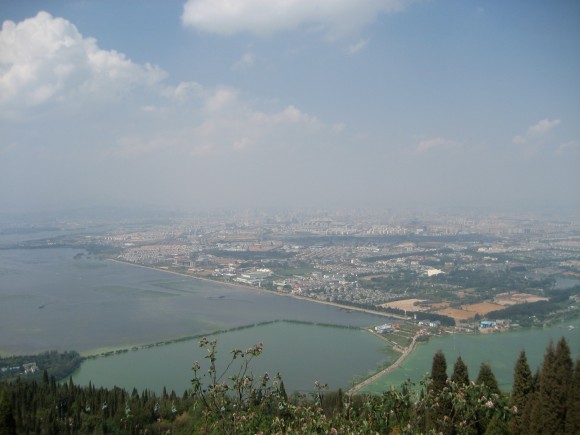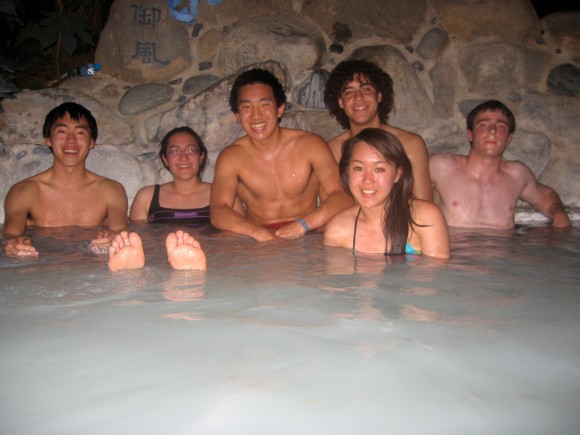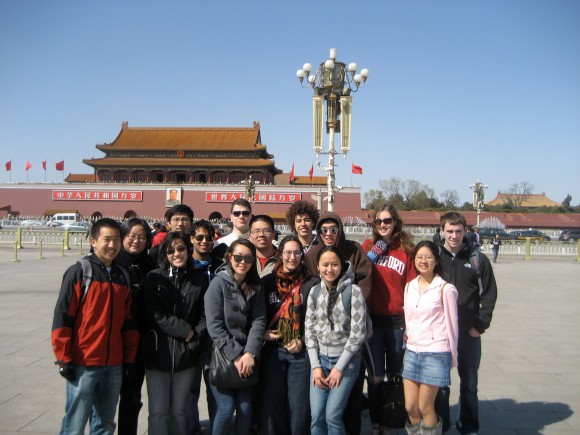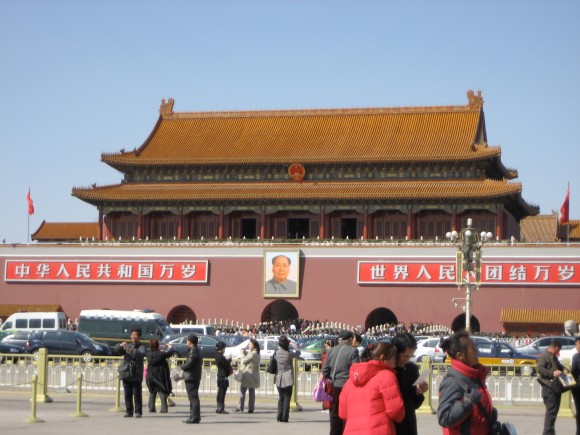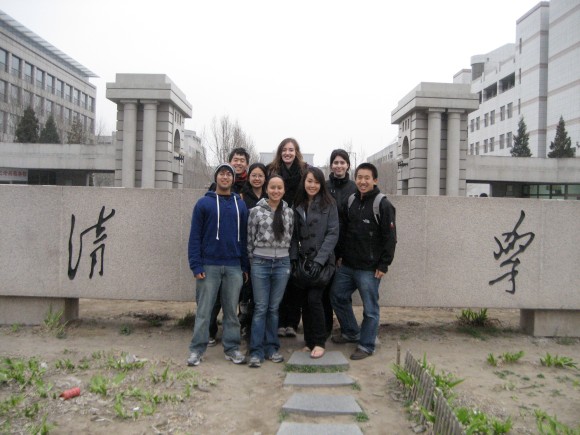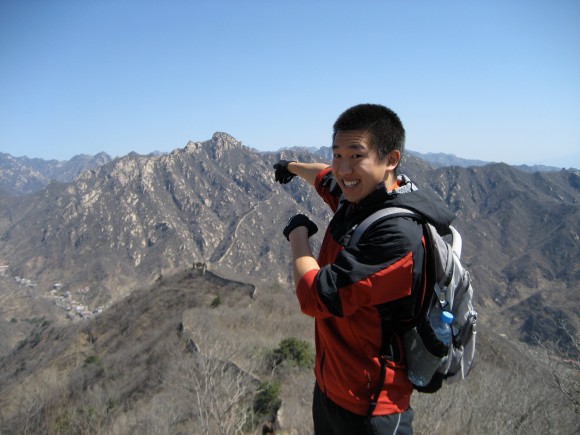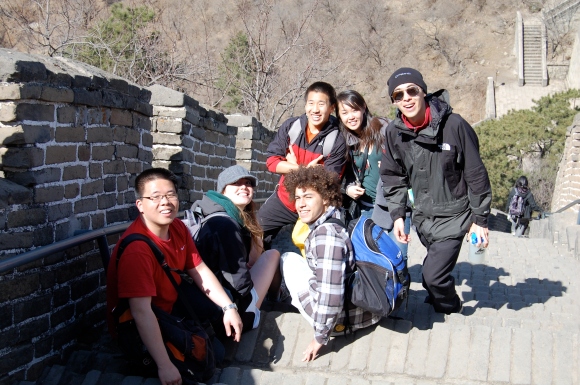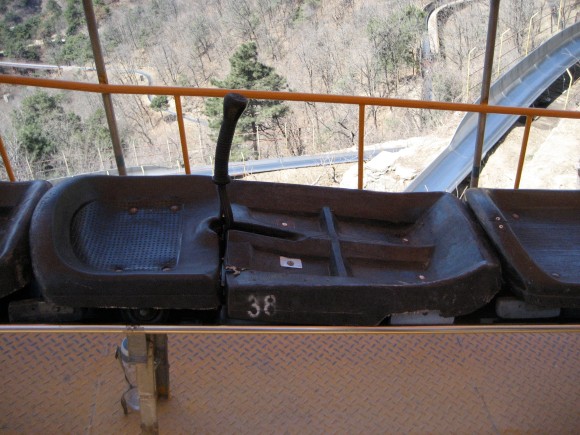I’ve spent the past week in Saudi Arabia at the Solar Future 2015 Symposium, an annual conference on the basic science, devices, and systems of solar energy, hosted by the King Abdullah University of Science and Technology (KAUST). KAUST is one of the world’s newest universities. It was established in 2009, but its massive endowment—$20B today, a small step from Harvard/Yale/Stanford-land—has accelerated its progress toward its stated goal of becoming a global “destination for scientific and technological education and research” and its unstated goal of becoming a gushing geyser of Nature and Science papers.
Nestled in the welcoming desert of western Saudi Arabia, KAUST is modeled after Caltech, which is a small technical school in the welcoming desert of the western U.S. It even borrowed Caltech’s president in 2013.
KAUST only offers graduate education (900 master’s and PhD students today). Notably, 70% of its students are international (4% from the U.S.). Even more notably, 37% are women. All this in a country where alcohol is forbidden (for some reason, grape juice without preservatives is in high demand…); books and movies are censored (KAUST has the only movie theater in the entire country); and women can’t travel without a male chaperone, drive a car, try on clothes while shopping, or even interact with single men. That said, KAUST is far more liberal than the rest of the country, so much so that entry and exit must be controlled by 2 stages of security checkpoints—lest some un-abaya-ed female driver wander off campus and confuse the hell out of the Mutaween (religious police). KAUST is the very definition of a campus community: Everyone in the community lives and eats and works and plays on campus—there’s simply nothing else around except desert.
Of all the things I observed in Saudi Arabia—admittedly not much besides KAUST—I was most impressed and dismayed by the campus itself, which seems to be a collection of ultra-modern facilities with no one around to use them. Everything is new and shiny, from the rec center to the research labs to the central walkway (“the Spine”) to the campus library. Yet the whole place feels deserted; even at noon on a Tuesday, our tiny conference delegation far outnumbered the few KAUST community members in sight.
The research facilities are incredibly lavish; it’s almost as if the funding flows straight out of the Arabian desert. I can’t think of a single piece of equipment for nanoscale fabrication and characterization that they DIDN’T have. Here’s a quick snapshot of the shared labs at KAUST and the Solar & Photovoltaics Engineering Research Center (SPERC):
- Visualization facility with 3-D interactive and immersive displays
- Nanoscale imaging facility with 7 TEMs (including 5 Titans!) and 7 SEMs (including 4 FIBs)
- Nanofab facility with class 100 cleanrooms
- SPERC
- 6 Dimatix inkjet printers
- 4 ellipsometers
- 30 gloveboxes in one room, with integrated spin-coaters, e-beam evaporators, thermal evaporators, sputtering systems, and myriad characterization tools
- Many, many laser labs
Take my word for it: These capabilities are enough to make materials and device researchers drool all over their bunny suits (and this is only what I saw in person!).
The symposium itself was fascinating, with talks by academics and industryfolk on the full spectrum of topics relevant to solar energy, from the photophysics of bulk heterojunctions to the newest developments in crystalline silicon, from power electronics to energy storage. It was a small single-track conference (similar to a Gordon conference)—meaning there was only one talk, poster session, or event happening at once, and everyone stayed together the whole time, including at every meal. I really like this type of conference: It leads to more continuity, in the form of deeper conversations that bleed over from hour to hour and from day to day.
Among the many topics of the week, I had interesting chats about silicon feedstock and material scaling limits with Bruno Ceccaroli, whether quantum dot solar cells have a future with Victor Klimov (Los Alamos), solar’s role in combatting climate change with Greg Wilson (NREL), why fracture energy matters for solar cells with Reinhold Dauskardt (Stanford), and the future potential of perovskites with pretty much everyone, including my esteemed friends and colleagues at MIT (Sam Stranks) and at Stanford (Tomas Leijtens and Nick Rolston).
All in all, I’d call it a successful trip—especially since Saudi Arabia doesn’t issue tourist visas, which means I probably won’t get another opportunity to visit unless I take a job delivering new TEMs to KAUST.
I’ll leave you with a few selfies.

